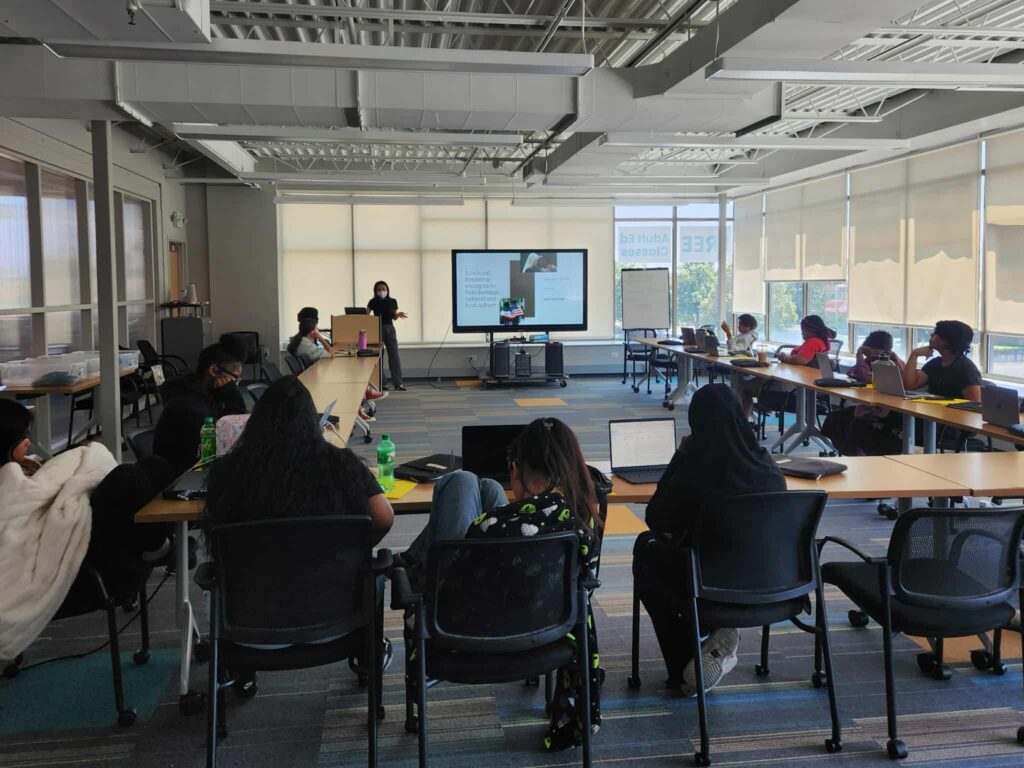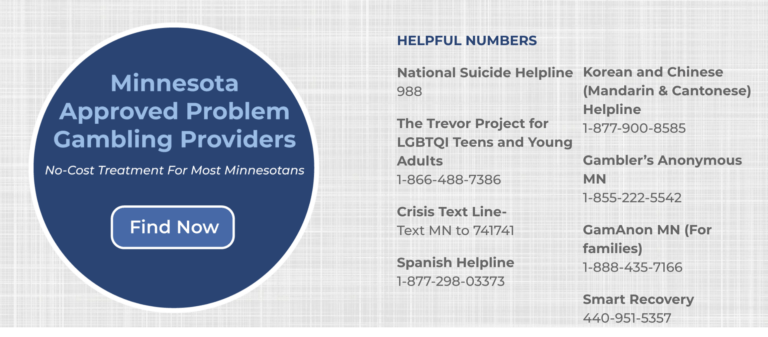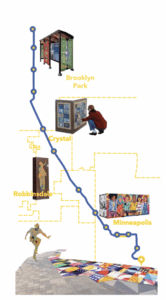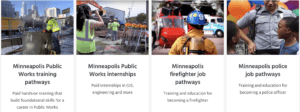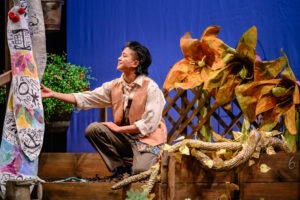Asian Media Access’ internship through the Step Up program provides valuable foundational work experiences and profound educational experiences in community topics and technical learning. AMA focuses on having the interns produce products that bring awareness and a deeper understanding of prevalent issues in their community, especially challenges that they frequently endure. One of the successful presentations this Summer has been Bicultural Healthy Living.
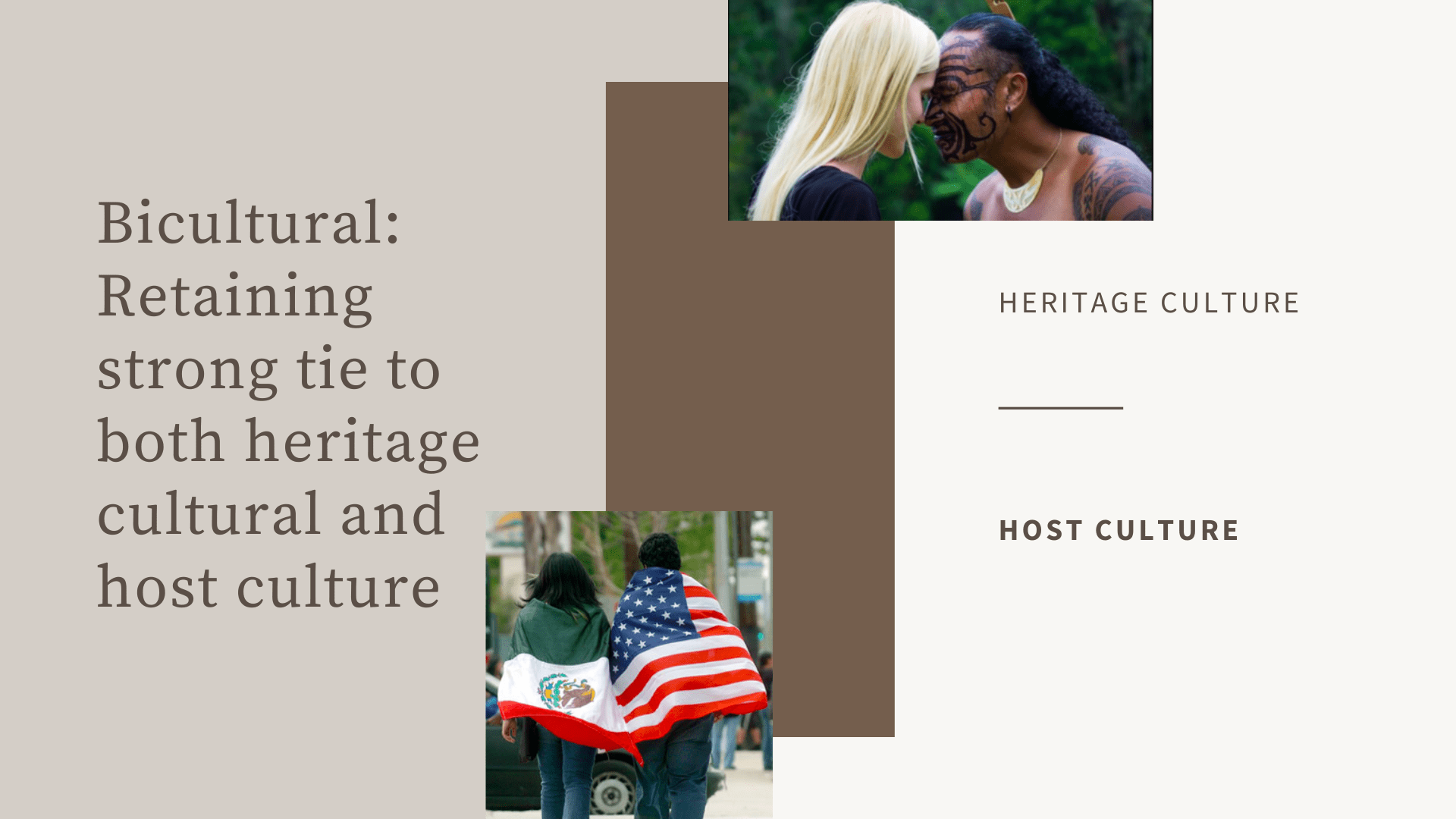 Bicultural Healthy living is the ability to relate to two or more cultures with strong ties to both one’s heritage and host culture. The host culture is where we currently live, whereas the heritage culture is where our families come from. Sometimes, navigating between two cultures can be seen as a difficult task, and the biggest challenge is trying to hold strong ties to the heritage culture. As youth, there are pressures to assimilate into the host culture to fit in completely. In other words, this means giving up on one culture to be absorbed into the dominant culture. However, assimilation has been found to have negative health impacts on both adolescents and adults. One of the main messages of Bicultural Healthy Living is that having more than one culture is a good thing, and we encourage interns to embrace both of their cultures – they do not have to pick or choose between them.
Bicultural Healthy living is the ability to relate to two or more cultures with strong ties to both one’s heritage and host culture. The host culture is where we currently live, whereas the heritage culture is where our families come from. Sometimes, navigating between two cultures can be seen as a difficult task, and the biggest challenge is trying to hold strong ties to the heritage culture. As youth, there are pressures to assimilate into the host culture to fit in completely. In other words, this means giving up on one culture to be absorbed into the dominant culture. However, assimilation has been found to have negative health impacts on both adolescents and adults. One of the main messages of Bicultural Healthy Living is that having more than one culture is a good thing, and we encourage interns to embrace both of their cultures – they do not have to pick or choose between them.
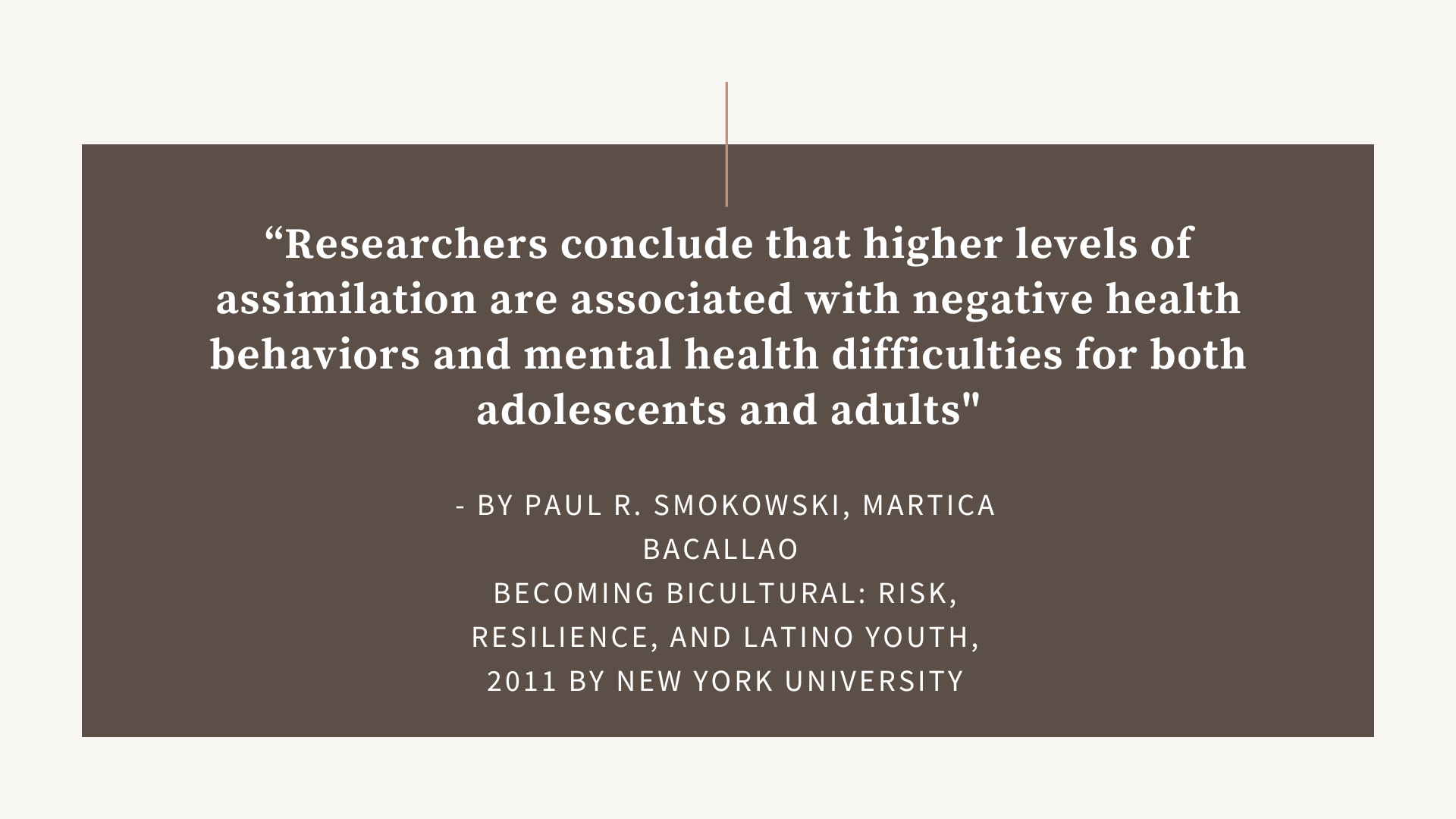 The interns are encouraged to participate in sharing their reflections, thoughts, and personal bicultural experiences. They showed excitement when they started to recognize the unique differences between their host and heritage cultures. For example, in the US, there are norms to never walk under a ladder or step on a crack. Every intern chimed in when one intern said, “Step on a crack, break your mother’s back”. The phrase was easily identified and a good representation of how they all shared their host culture norms. On the other hand, in the Hmong culture, there is no hesitation to step on a crack. Pointing at the moon or brushing your hair at night is considered more taboo. The interns began to share different superstitions and health benefits from their heritage culture. All the traditions, values, customs, and beliefs make us unique. Having more than one culture shows us we have more resources to overcome obstacles and challenges.
The interns are encouraged to participate in sharing their reflections, thoughts, and personal bicultural experiences. They showed excitement when they started to recognize the unique differences between their host and heritage cultures. For example, in the US, there are norms to never walk under a ladder or step on a crack. Every intern chimed in when one intern said, “Step on a crack, break your mother’s back”. The phrase was easily identified and a good representation of how they all shared their host culture norms. On the other hand, in the Hmong culture, there is no hesitation to step on a crack. Pointing at the moon or brushing your hair at night is considered more taboo. The interns began to share different superstitions and health benefits from their heritage culture. All the traditions, values, customs, and beliefs make us unique. Having more than one culture shows us we have more resources to overcome obstacles and challenges.
We shared with the interns the inventions and innovations that were inspired by recognizing multiple cultures. For example, All of Us Precision Medicine takes into account the cultural aspects in health care. Individuals receive care that is tailored to understand the treatment and prevention methods that would work for them, versus everyone receiving inequitable services.
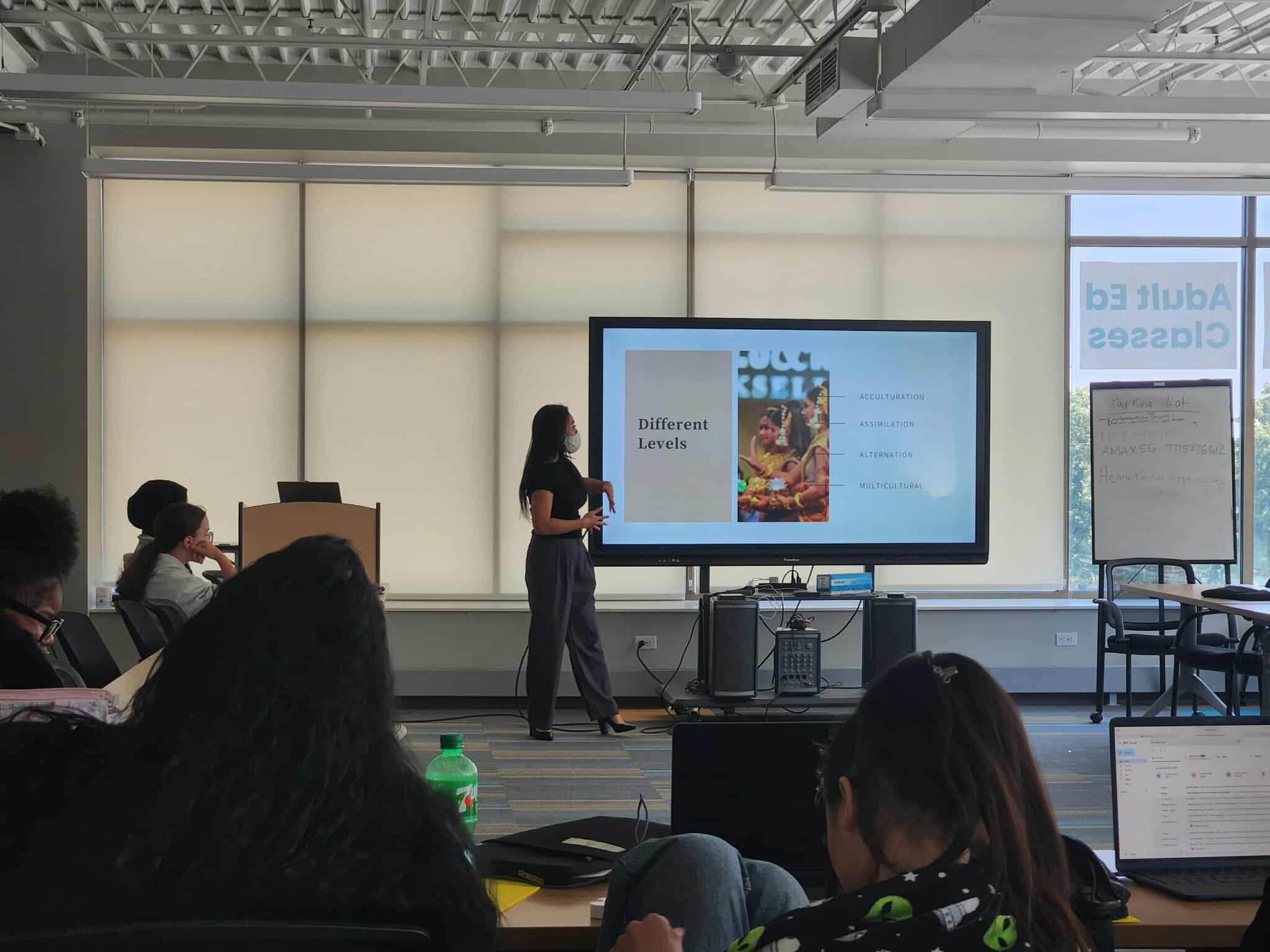
Many interns realized that they practiced Bicultural Healthy Living daily, but had never heard of the concept before. The emphasis on sharing Bicultural Healthy Living is to remind youth that they can embrace their two cultures and balance them like yin and yang (positive and negative). By embracing Bicultural Healthy Living, we develop equitable solutions and materials that strengthen our communities. Be sure to follow Asian Media Access to see their future work published on Social Media.

